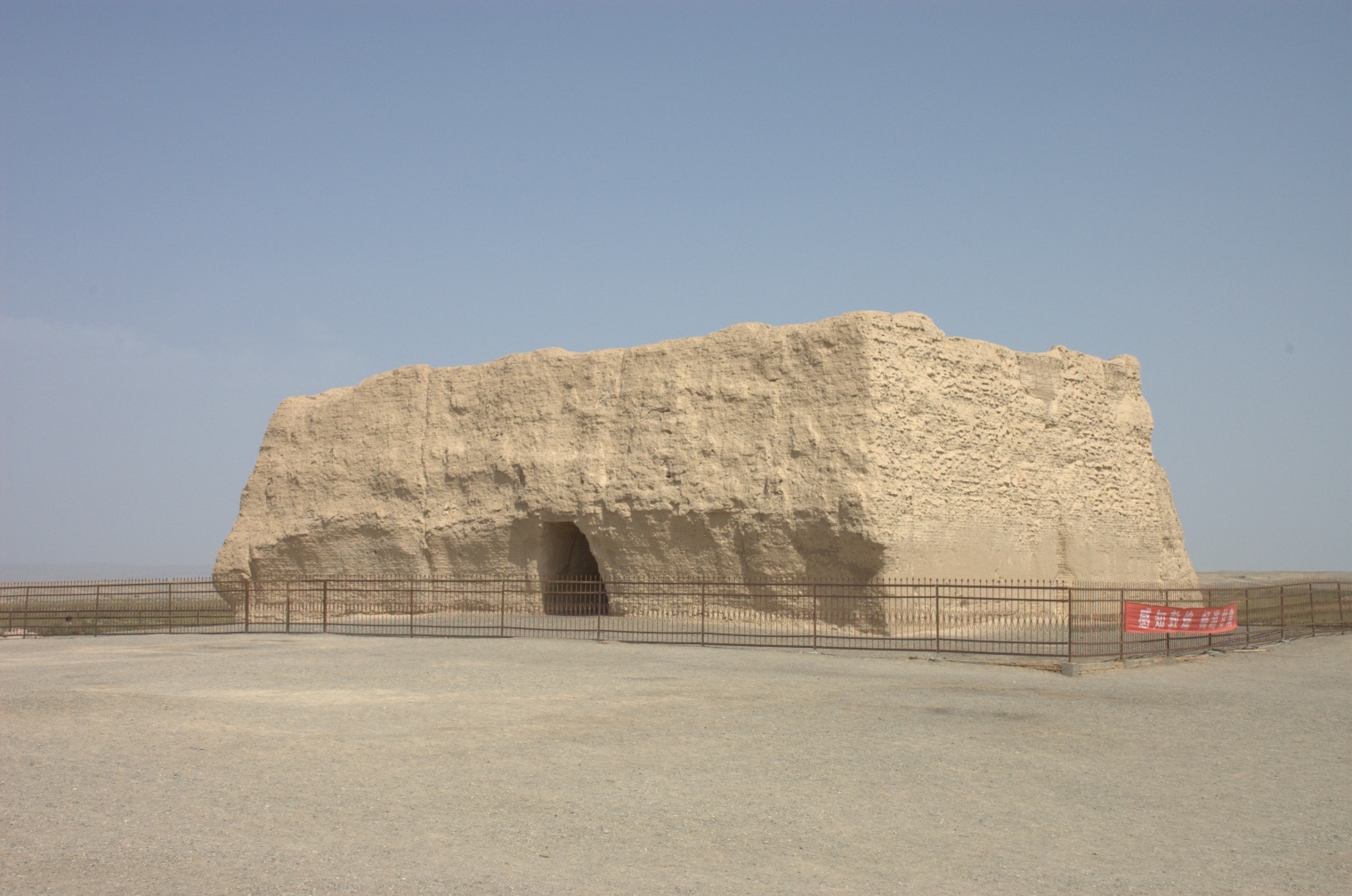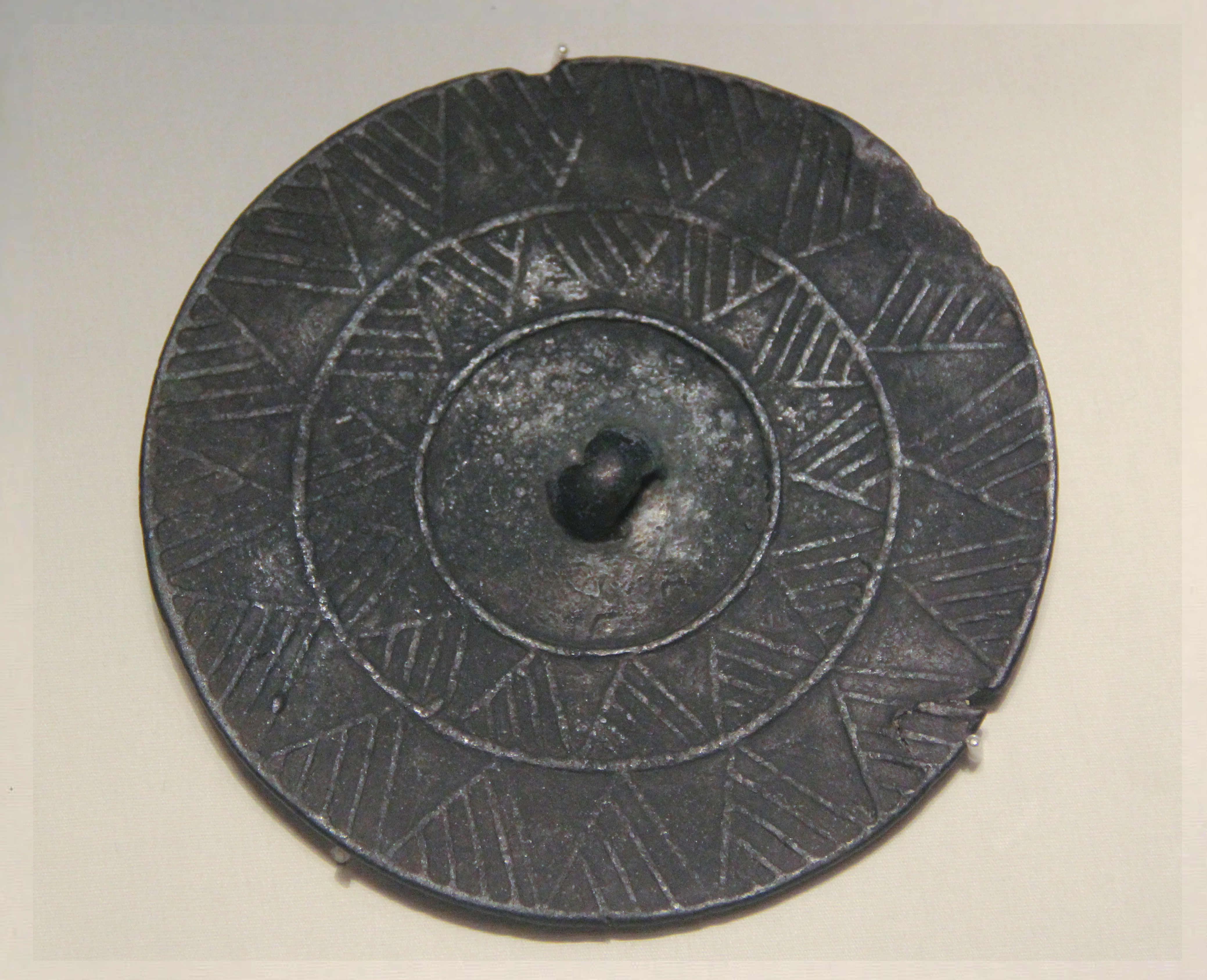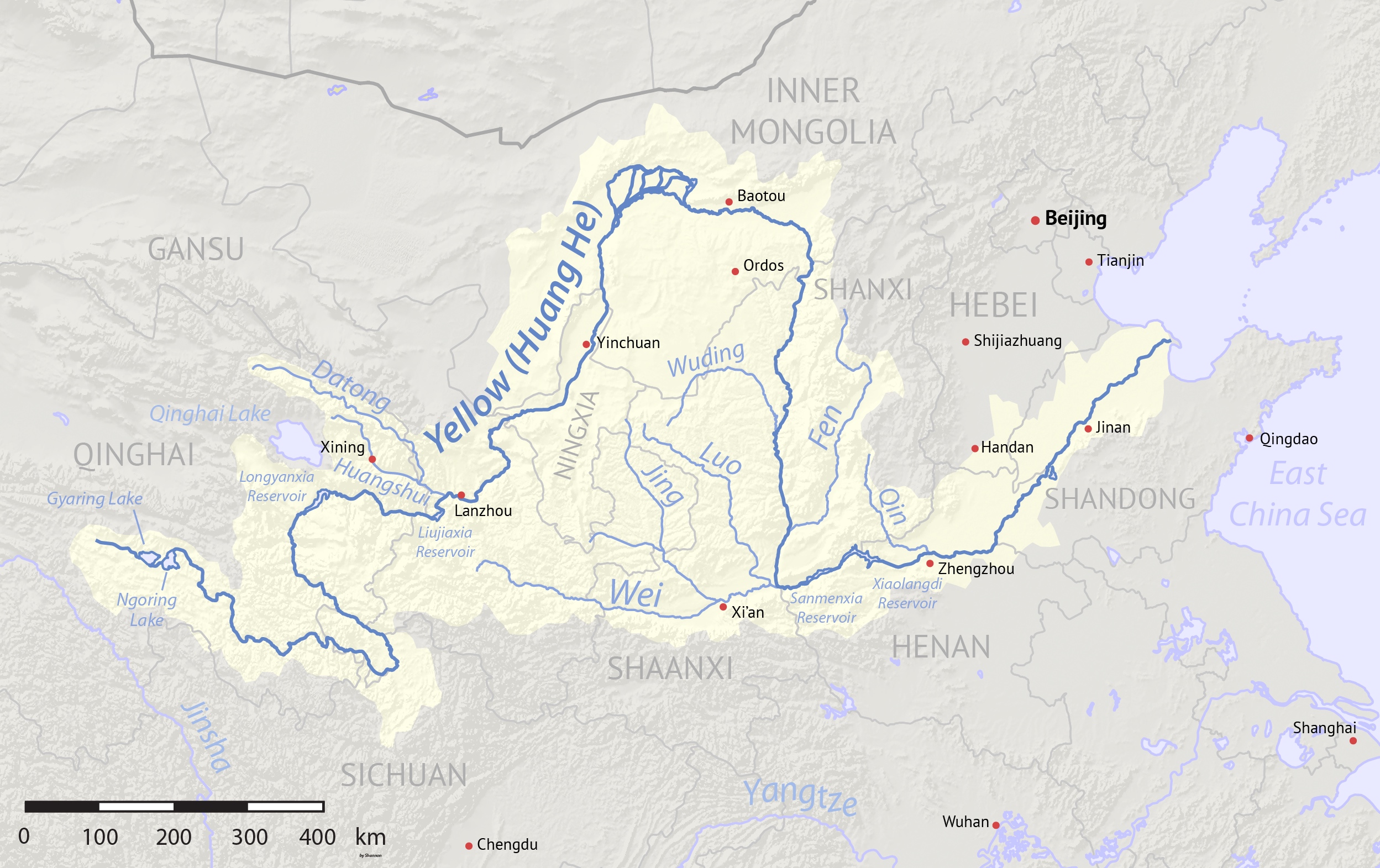|
Xindian Culture
Xindian culture () was a Bronze Age culture in the Gansu and Qinghai provinces of China. Xindian culture is dated ca. 1500–1000 BCE, a radiocarbon testing of an artefact produced a date around 1000 BCE,''Cihai'' ("Sea of Words"), Shanghai cishu chubanshe, Shanghai 2002, , p. 1885 which roughly corresponds to the Western Zhou period of the Central Plain area (in the middle and lower course of the Yellow River). Geography The Xindian culture is named after a site discovered in 1923–24 in Xindian, Lintao County, Gansu. The culture was mainly located in Gansu in the middle and lower course of the Tao River and Daxia River, and in Qinghai in the basin of the Huangshui River. Cultural context Xindian culture was predominantly agricultural, with breeding pigs and cattle, at the sites of the culture were found bronze castings and traces of copper smelting production. [...More Info...] [...Related Items...] OR: [Wikipedia] [Google] [Baidu] |
Chinese Jar, Neolithic Period, Painted Earthenware, HAA
Chinese can refer to: * Something related to China * Chinese people, people of Chinese nationality, citizenship, and/or ethnicity **''Zhonghua minzu'', the supra-ethnic concept of the Chinese nation ** List of ethnic groups in China, people of various ethnicities in contemporary China ** Han Chinese, the largest ethnic group in the world and the majority ethnic group in Mainland China, Hong Kong, Macau, Taiwan, and Singapore ** Ethnic minorities in China, people of non-Han Chinese ethnicities in modern China ** Ethnic groups in Chinese history, people of various ethnicities in historical China ** Nationals of the People's Republic of China ** Nationals of the Republic of China ** Overseas Chinese, Chinese people residing outside the territories of Mainland China, Hong Kong, Macau, and Taiwan * Sinitic languages, the major branch of the Sino-Tibetan language family ** Chinese language, a group of related languages spoken predominantly in China, sharing a written script (Chinese c ... [...More Info...] [...Related Items...] OR: [Wikipedia] [Google] [Baidu] |
Great Soviet Encyclopedia
The ''Great Soviet Encyclopedia'' (GSE; ) is one of the largest Russian-language encyclopedias, published in the Soviet Union from 1926 to 1990. After 2002, the encyclopedia's data was partially included into the later ''Bolshaya rossiyskaya entsiklopediya'' (or '' Great Russian Encyclopedia'') in an updated and revised form. The GSE claimed to be "the first Marxist–Leninist general-purpose encyclopedia". Origins The idea of the ''Great Soviet Encyclopedia'' emerged in 1923 on the initiative of Otto Schmidt, a member of the Russian Academy of Sciences. In early 1924 Schmidt worked with a group which included Mikhail Pokrovsky, (rector of the Institute of Red Professors), Nikolai Meshcheryakov (Former head of the Glavit, the State Administration of Publishing Affairs), Valery Bryusov (poet), Veniamin Kagan (mathematician) and Konstantin Kuzminsky to draw up a proposal which was agreed to in April 1924. Also involved was Anatoly Lunacharsky, People's Commissar of Education ... [...More Info...] [...Related Items...] OR: [Wikipedia] [Google] [Baidu] |
History Of Qinghai
Qinghai (; alternately romanized as Tsinghai, Ch'inghai), also known as Kokonor, is a landlocked province in the northwest of the People's Republic of China. It is the fourth largest province of China by area and has the third smallest population. Its capital and largest city is Xining. Qinghai borders Gansu on the northeast, Xinjiang on the northwest, Sichuan on the southeast and the Tibet Autonomous Region on the southwest. Qinghai province was established in 1928 during the period of the Republic of China, and until 1949 was ruled by Chinese Muslim warlords known as the Ma clique. The Chinese name "Qinghai" is after Qinghai Lake, the largest lake in China. The lake is known as Tso ngon in Tibetan, and as Kokonor Lake in English, derived from the Mongol Oirat name for Qinghai Lake. Both Tso ngon and Kokonor are names found in historic documents to describe the region.Gangchen Khishong, 2001. ''Tibet and Manchu: An Assessment of Tibet-Manchu Relations in Five Phases of De ... [...More Info...] [...Related Items...] OR: [Wikipedia] [Google] [Baidu] |
History Of Gansu
Gansu (, ; alternately romanized as Kansu) is a province in Northwest China. Its capital and largest city is Lanzhou, in the southeast part of the province. The seventh-largest administrative district by area at , Gansu lies between the Tibetan and Loess plateaus and borders Mongolia ( Govi-Altai Province), Inner Mongolia and Ningxia to the north, Xinjiang and Qinghai to the west, Sichuan to the south and Shaanxi to the east. The Yellow River passes through the southern part of the province. Part of Gansu's territory is located in the Gobi Desert. The Qilian mountains are located in the south of the Province. Gansu has a population of 26 million, ranking 22nd in China. Its population is mostly Han, along with Hui, Dongxiang and Tibetan minorities. The most common language is Mandarin. Gansu is among the poorest administrative divisions in China, ranking 31st, last place, in GDP per capita as of 2019. The State of Qin originated in what is now southeastern Gansu a ... [...More Info...] [...Related Items...] OR: [Wikipedia] [Google] [Baidu] |
Bronze Age In China
The Bronze Age is a historic period, lasting approximately from 3300 BC to 1200 BC, characterized by the use of bronze, the presence of writing in some areas, and other early features of urban civilization. The Bronze Age is the second principal period of the three-age system proposed in 1836 by Christian Jürgensen Thomsen for classifying and studying ancient societies and history. An ancient civilization is deemed to be part of the Bronze Age because it either produced bronze by smelting its own copper and alloying it with tin, arsenic, or other metals, or traded other items for bronze from production areas elsewhere. Bronze is harder and more durable than the other metals available at the time, allowing Bronze Age civilizations to gain a technological advantage. While terrestrial iron is naturally abundant, the higher temperature required for smelting, , in addition to the greater difficulty of working with the metal, placed it out of reach of common use until the end of ... [...More Info...] [...Related Items...] OR: [Wikipedia] [Google] [Baidu] |
Kayue Culture
Kayue culture () was a Bronze Age culture in Northwest China in the area of the upper reaches of the Yellow River and its tributary Huang Shui (Tib. ''Tsong Chu''). It was discovered in 1923 in the villages Kayue () and Xiaxihe () of Yunguchuan Huangzhong in China's Qinghai Province and is named after the village of Kayue. The former name of the Kayue culture was Kayao culture (), it was previously assigned to the Siwa culture. It is dated to the period of approximately 900 to 600 BCE. Geography The Kayue culture was mainly distributed in the territory of the contemporary Minhe, Ledu, Ping'an, Xining, Huzhu, Datong, Haiyan, Gangca (''Gangcha''), Tongren and Huangzhong counties, where more than 200 sites and over 1,000 graves were found. Among them was the Bronze Age necropolis Suzhi (Suzhi mudi 苏志墓地) in Xunhua Salar Autonomous County. Context Kayue culture is believed to have developed from the western part of the Qijia culture. Among the cultural relics disco ... [...More Info...] [...Related Items...] OR: [Wikipedia] [Google] [Baidu] |
Siwa Culture
The Siwa culture () was a Bronze Age culture in southeast Gansu Province, China. It was discovered by Swedish geologist Johan Gunnar Andersson in 1924 at Mount Siwa () in Lintao County, hence its name. It flourished circa 14th to 11th century BC, it is tentatively attributed to the cultures of the Northern Di, Qiang, and Xunyu peoples. The archaeological culture is divided into two phases: the early phase associated with the sites at Lintao, Zhuoni, Lintan, and Heshui; and, the final phase during the late Shang and proto-Zhou periods associated with the Jiuzhan, Xujianian, and Lanquiao sites. Siwa culture is known for producing a type of pottery that had saddle-shaped mouths. Context The neighbouring Xindian culture was roughly contemporary with the Siwa culture, and was influenced by it. Some scholars hold that Siwa culture descended from the Qijia culture. There are also those who believe that the culture was a remnant of Xunyu, which is associated with the Xianyun people. H ... [...More Info...] [...Related Items...] OR: [Wikipedia] [Google] [Baidu] |
The Cambridge History Of Ancient China
''The Cambridge History of China'' is a series of books published by the Cambridge University Press (CUP) covering the history of China from the founding of the Qin dynasty in 221 BC to 1982 AD. The series was conceived by British historian Denis C. Twitchett and American historian John K. Fairbank in the late 1960s, and publication began in 1978. The complete ''History'' will contain 15 volumes made up of 17 books (not including the ''Cambridge History of Ancient China'') with volumes 5 and 9 consisting of two books each. Chinese history before the Qin dynasty is covered in an independent volume, ''The Cambridge History of Ancient China'' (1999) which follows the Pinyin romanization system; the other volumes except vol. 2 use Wade–Giles romanization. The final volume, Volume 4, was to be published in 2020, but is indefinitely delayed. An unauthorized Chinese translation of volume 7 (''The Ming Dynasty, 1368–1644, Part 1'') was made in 1992 by the Chinese Academy of Social ... [...More Info...] [...Related Items...] OR: [Wikipedia] [Google] [Baidu] |
Qijia Culture
The Qijia culture (2200 BC – 1600 BC) was an early Bronze Age culture distributed around the upper Yellow River region of Gansu (centered in Lanzhou) and eastern Qinghai, China. It is regarded as one of the earliest bronze cultures in China. The Qijia Culture is named after the Qijiaping Site (齐家坪) in Gansu Province. Prior to Qijia culture, in the same area there existed Majiayao culture that was also familiar with metalwork. At the end of the third millennium B.C., Qijia culture succeeded Majiayao culture at sites in three main geographic zones: Eastern Gansu, Middle Gansu, and Western Gansu/Eastern Qinghai. Research Johan Gunnar Andersson discovered the initial site at ''Qijiaping'' () in 1923. Qijia culture was a sedentary culture, based on agriculture, and breeding pigs, which were also used in sacrifices. Qijia culture is distinguished by a presence of numerous domesticated horses, and practice of oracle divination, the metal knives and axes recovered apparently p ... [...More Info...] [...Related Items...] OR: [Wikipedia] [Google] [Baidu] |
Ochre Coloured Pottery Culture
The Ochre Coloured Pottery culture (OCP) is a Bronze Age culture of the Indo-Gangetic Plain "generally dated 2000–1500 BCE," extending from eastern Punjab to northeastern Rajasthan and western Uttar Pradesh. Artefacts of this culture show similarities with both the Late Harappan culture and the Vedic culture. Archaeologist Akinori Uesugi considers it as an archaeological continuity of the previous Harappan Bara style, while according to Parpola, the find of carts in this culture may reflect an Indo-Iranian migration into the India subcontinent, in contact with Late Harappans. The OCP marked the last stage of the North Indian Bronze Age and was succeeded by the Iron Age black and red ware culture and the Painted Grey Ware culture. Geography and dating The 'Ochre Coloured Pottery culture is "generally dated 2000-1500 BCE," Early specimens of the characteristic ceramics found near Jodhpura, Rajasthan, date from the 3rd millennium (this Jodhpura is located in the district of ... [...More Info...] [...Related Items...] OR: [Wikipedia] [Google] [Baidu] |
Huangshui River
The Huangshui River or Huang Shui is a river in Qinghai and Gansu, China. The river is a left tributary of the Yellow River and its total length is with a basin area of . Etymology The Huangshui River () is also referred to simply as Huang River () in China. The river was formerly romanized as the Hwong-Choui. In Amdo Tibetan, the Huangshui is known as the Tsong Chu. History The Huangshui River valley has long been important as a route between Chinese, Tibetan, and Mongolian cultures. As one of the few fertile valleys on the northeast edge of the Qinghai-Tibet Plateau, the river's basin has supported agriculture for various Neolithic and Bronze Age civilizations including the Majiayao culture, Qijia culture, Xindian culture, and Kayue culture. Huangshui's valley was also one of the routes utilized by travelers on the Northern Silk Road. The city of Xining formed on the Huangshui due to its strategic importance. Geography The Huangshui River, in name, is a short river th ... [...More Info...] [...Related Items...] OR: [Wikipedia] [Google] [Baidu] |
Bronze Age
The Bronze Age is a historic period, lasting approximately from 3300 BC to 1200 BC, characterized by the use of bronze, the presence of writing in some areas, and other early features of urban civilization. The Bronze Age is the second principal period of the three-age system proposed in 1836 by Christian Jürgensen Thomsen for classifying and studying ancient societies and history. An ancient civilization is deemed to be part of the Bronze Age because it either produced bronze by smelting its own copper and alloying it with tin, arsenic, or other metals, or traded other items for bronze from production areas elsewhere. Bronze is harder and more durable than the other metals available at the time, allowing Bronze Age civilizations to gain a technological advantage. While terrestrial iron is naturally abundant, the higher temperature required for smelting, , in addition to the greater difficulty of working with the metal, placed it out of reach of common use until the end o ... [...More Info...] [...Related Items...] OR: [Wikipedia] [Google] [Baidu] |





